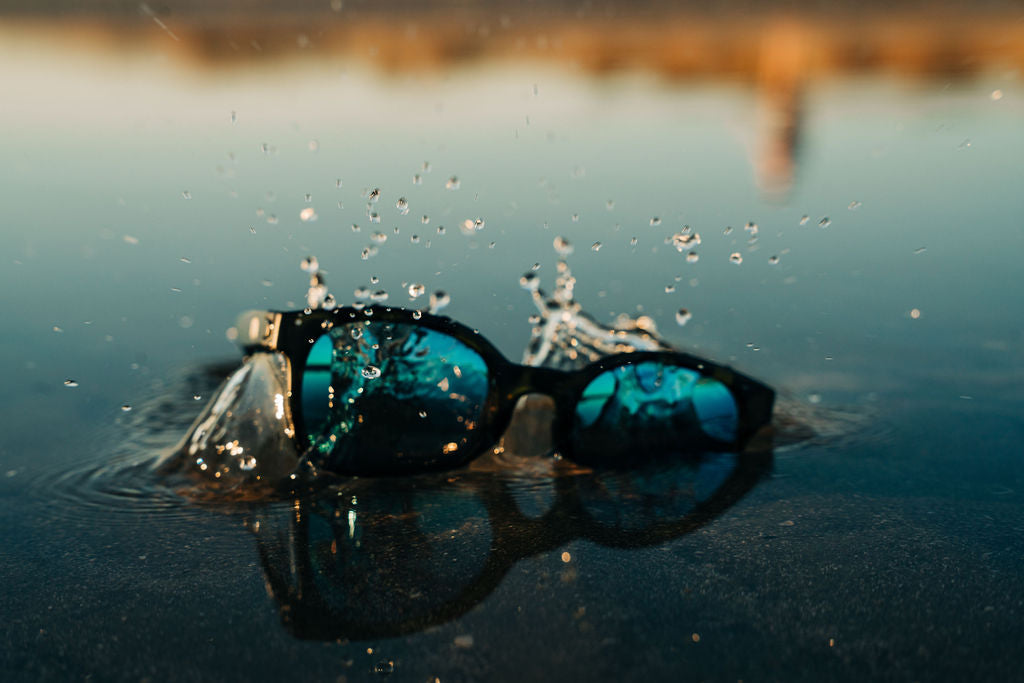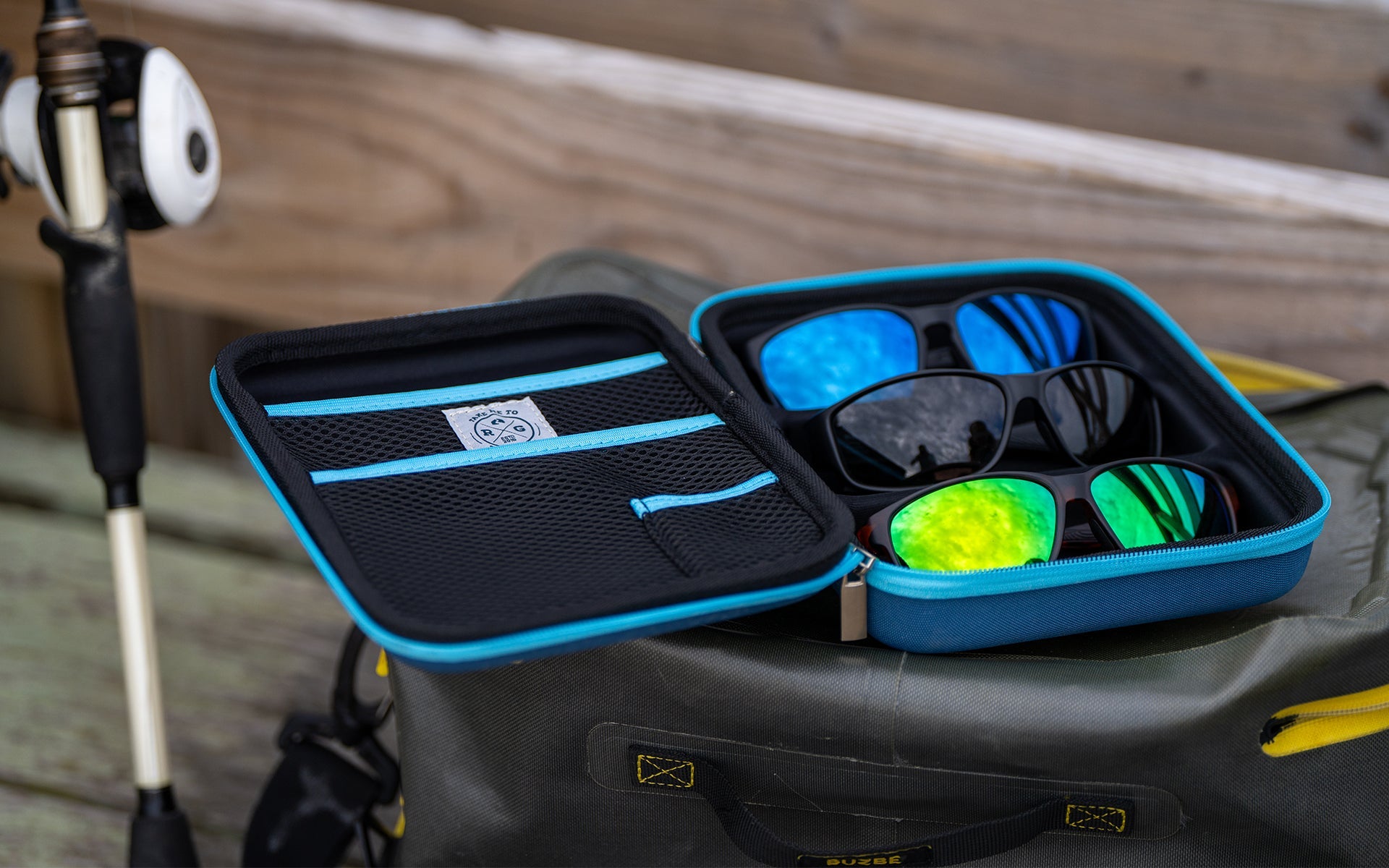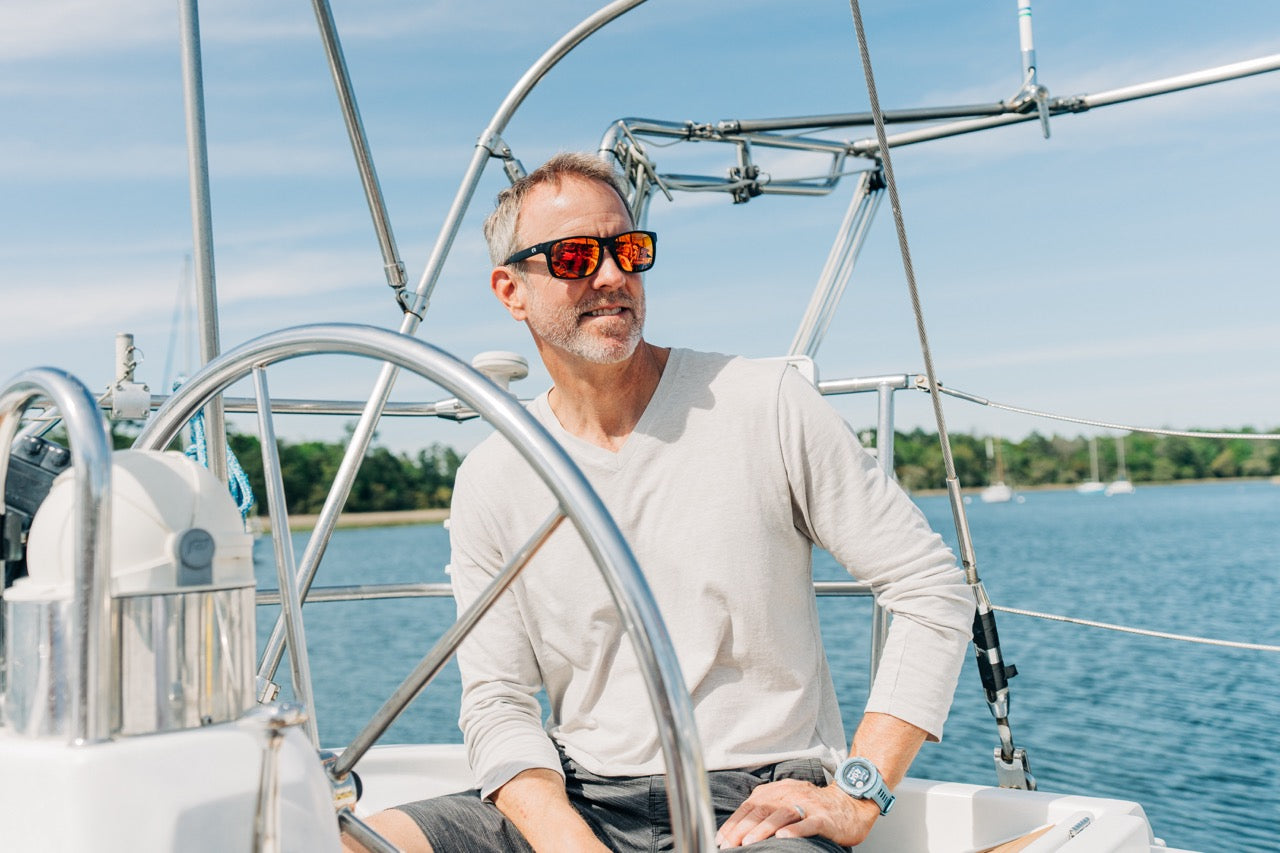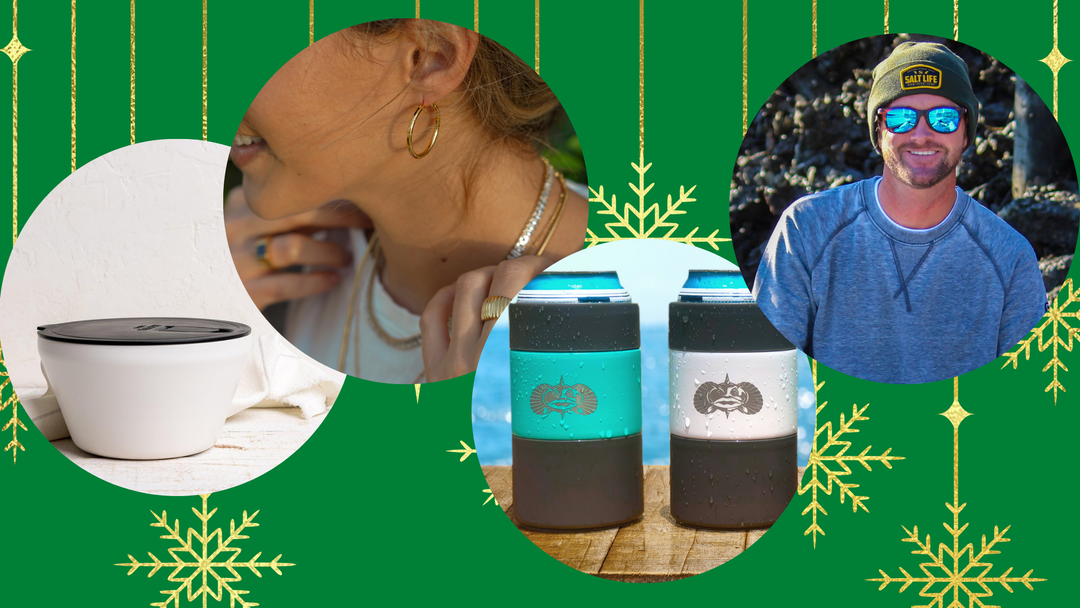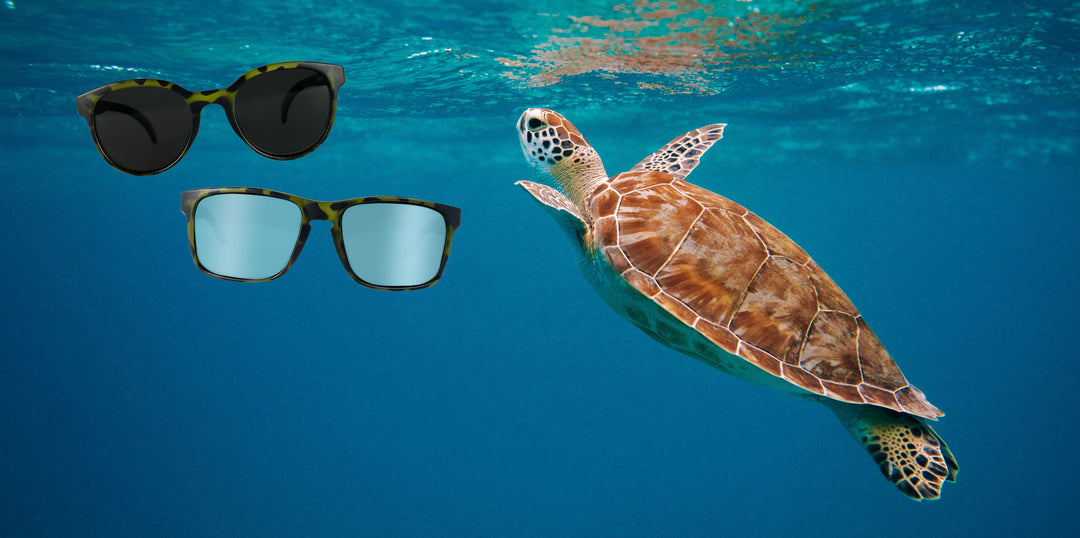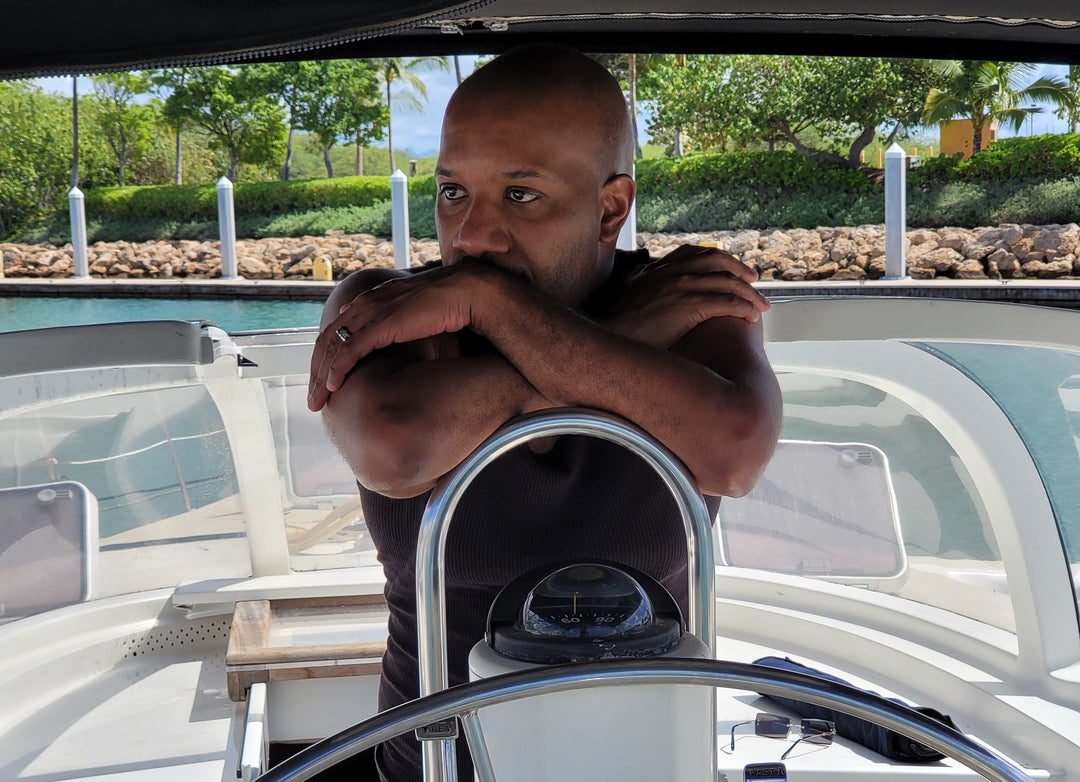Surfer's Eye: A Secret Slow-Growing Problem for Surfers
What's beautiful, dangerous and hard to keep your eyes off of?
Believe it or not, it’s the water.
The shine from the waves on a bright, sunny day may offer an incredible view, but hidden in plain sight are harmful UVA and UVB rays. You can’t feel or see their impact, but you're taking a big risk when you step outside, and sunscreen isn’t enough to block out the sun’s harmful rays.
- Photokeratitis - a painful sunburn on your eyes that can lead to temporary loss of vision
- Macular degeneration - the leading cause of permanent vision loss which can be caused by excessive UV exposure
- Pterygium - better known as Surfer’s Eye, which is a growth that begins on your eye but can extend to block your vision
How do I know if I have Surfer's Eye?
Surfer’s Eye is a pink, fleshy, triangle-shaped growth which appears on the white part of your eyes, typically in the corner. But it can grow and cover your cornea and pupils — blurring your vision.
Pterygium is a slow condition that can easily sneak up on you if you aren’t careful. There is a chance you may not even present any symptoms for a while.
Look at these troubling signs
The symptoms for Surfer’s Eye may just seem like a normal consequence of being sprayed with salt water, but don’t just shrug these warning signs off.
- Itchy, dry eyes, similar to allergy irritants
- Grittiness when you blink
- Redness or blurred vision
- Occasionally feeling like something is physically stuck in your eye
Tips to avoid Surfer's Eye.
Here’s the good news: Surfer’s Eye is treatable. And the better news is that you can completely prevent it with 100% UV-blocking wraparound sunglasses (like Rheos polarized sunglasses). If you follow our tips, preventing Surfer’s Eye won’t be a problem.
- Keep your eyes wet. After a day out in the sun and on the water, make sure you wet your eyes with over-the-counter eye drops to help clear irritants and restore balance.
- Regularly visit your eye doctor. Even if you have perfect vision, it’s important to check in with your doctor once a year. Maintaining eye health will ensure you can always hit the water without worrying about blurry or lost vision.
- Always wear UV-blocking sunglasses. Rheos offers 100% UV-protected lenses with styles that wrap around your face for complete coverage. Our made-for-the-water lenses won’t cloud or blur when you’re riding the waves. So there’s no excuse for going without premium protection!
Before you grab your board, make sure you grab protective sunglasses to keep you safe on the waves. And sign up below for our newsletter to make sure you receive important updates and promotions!
